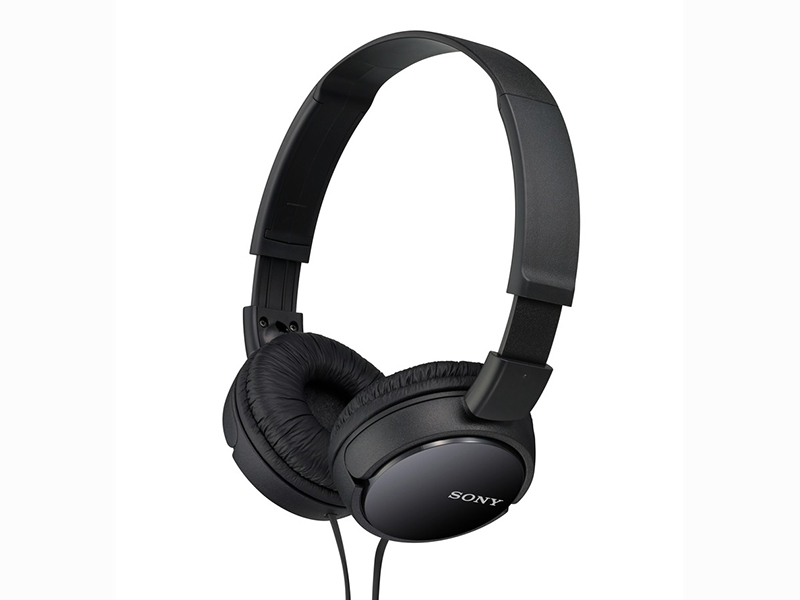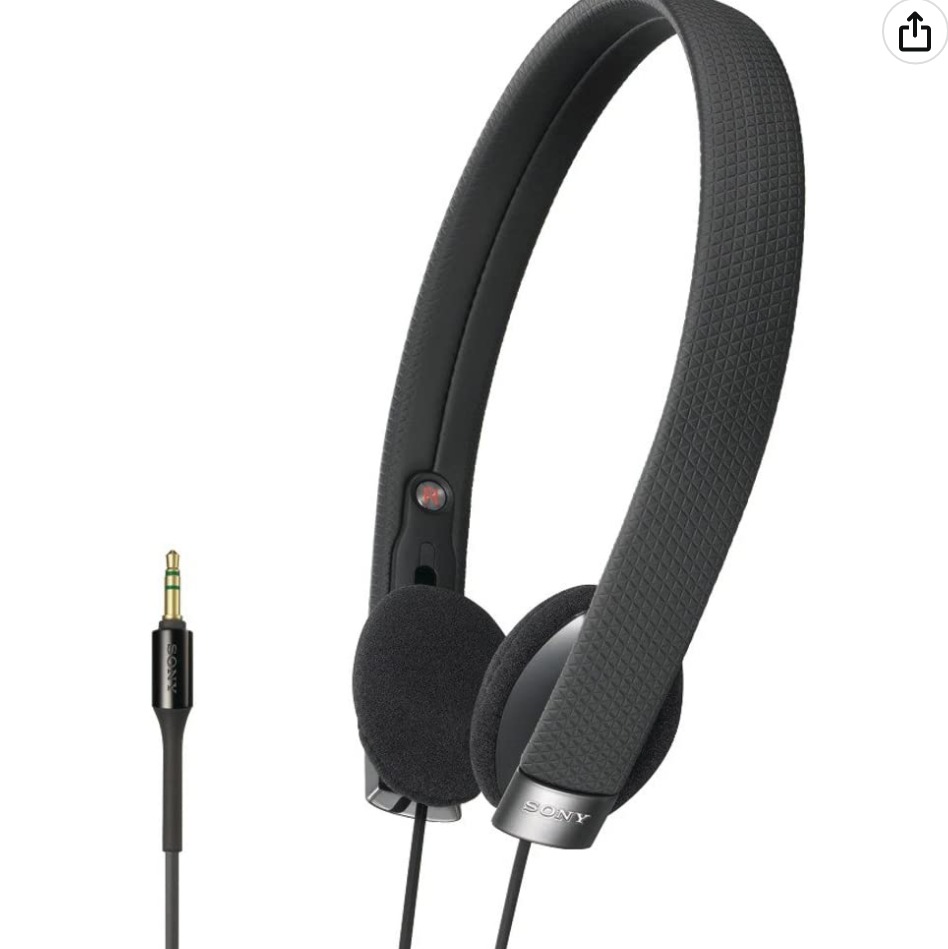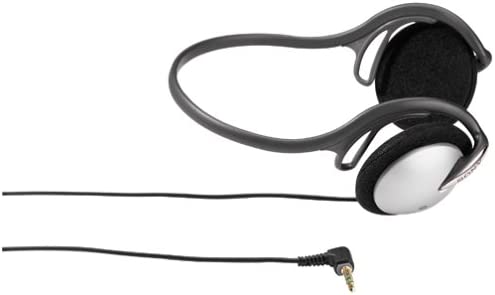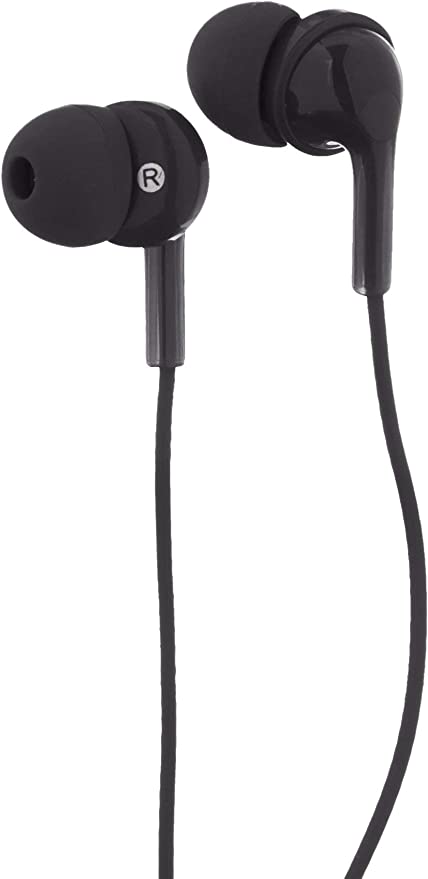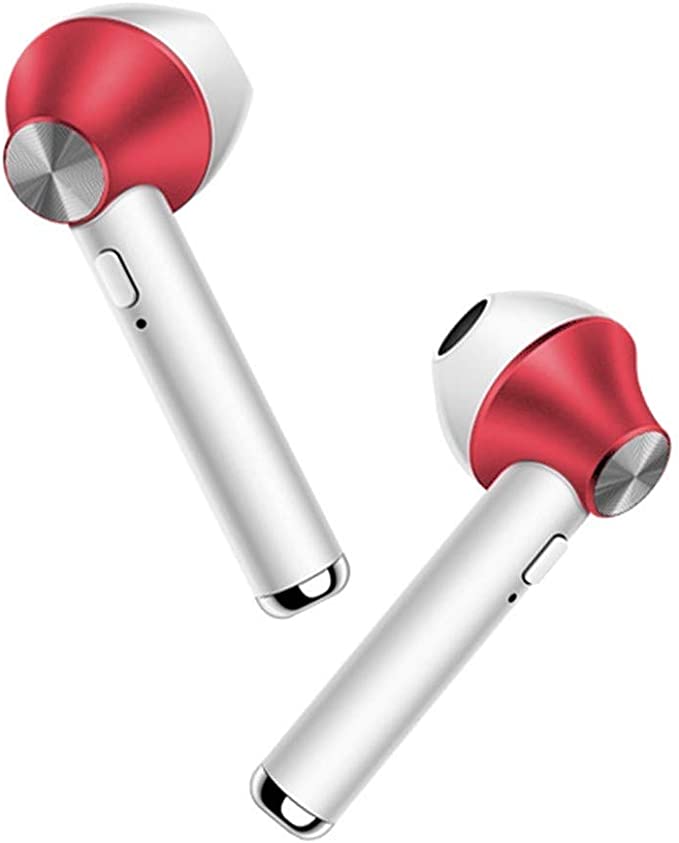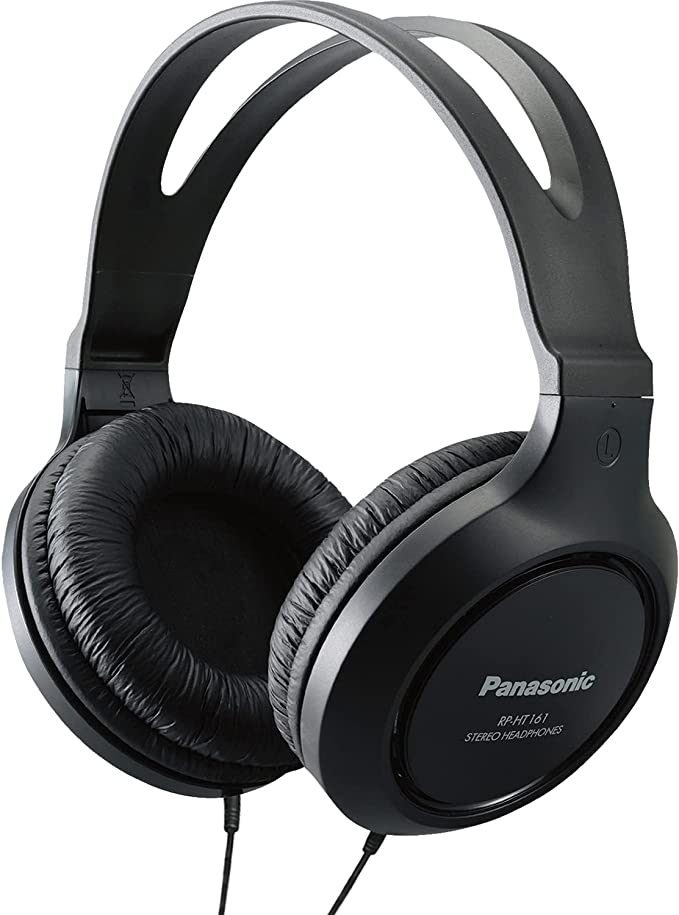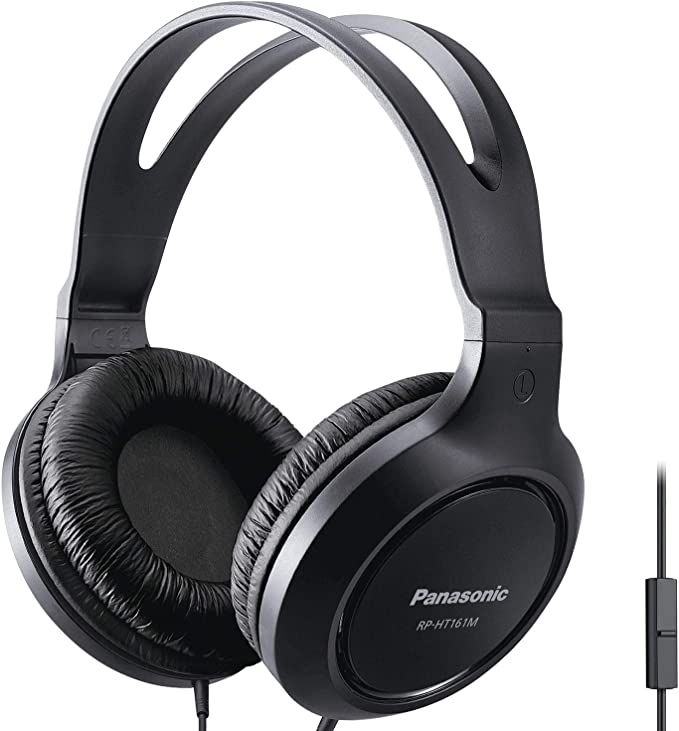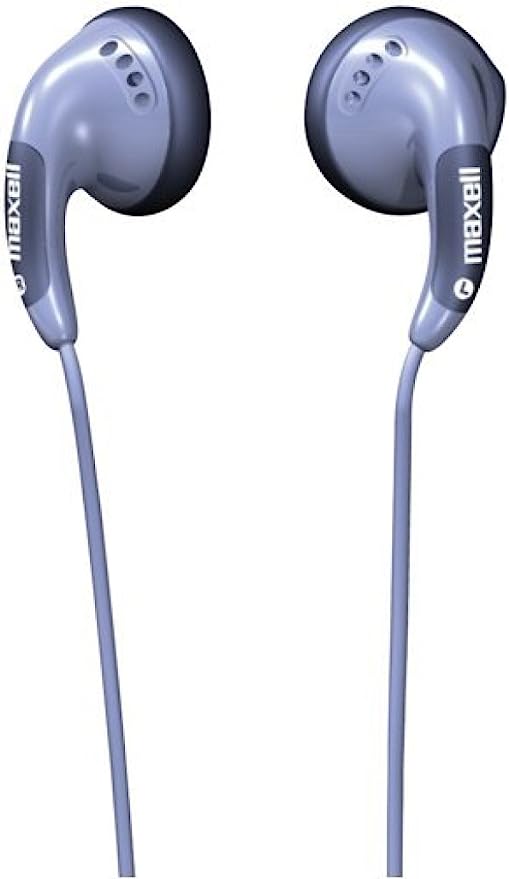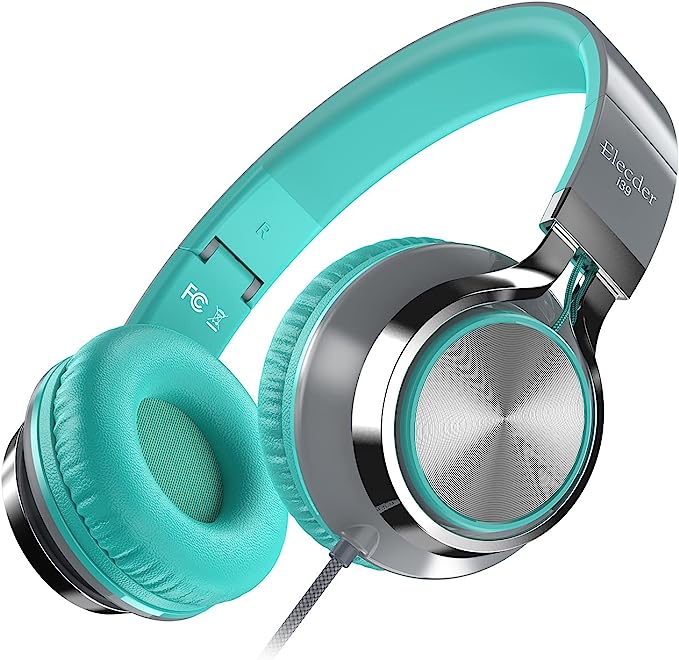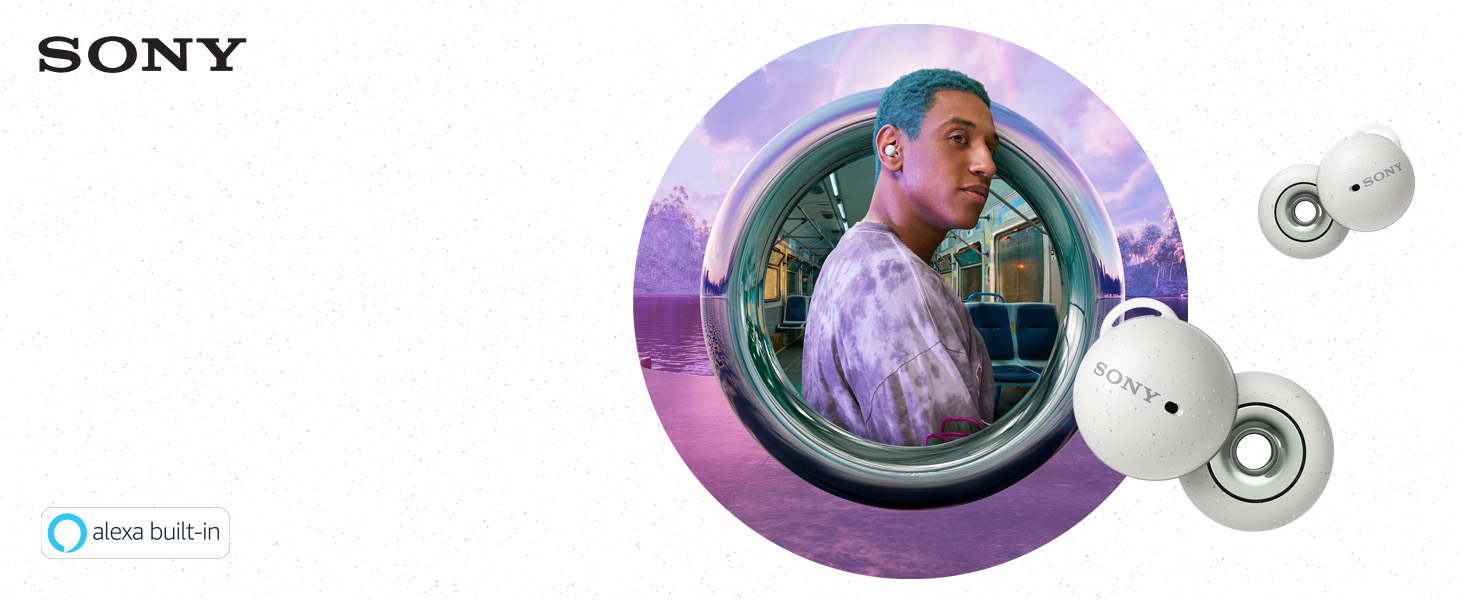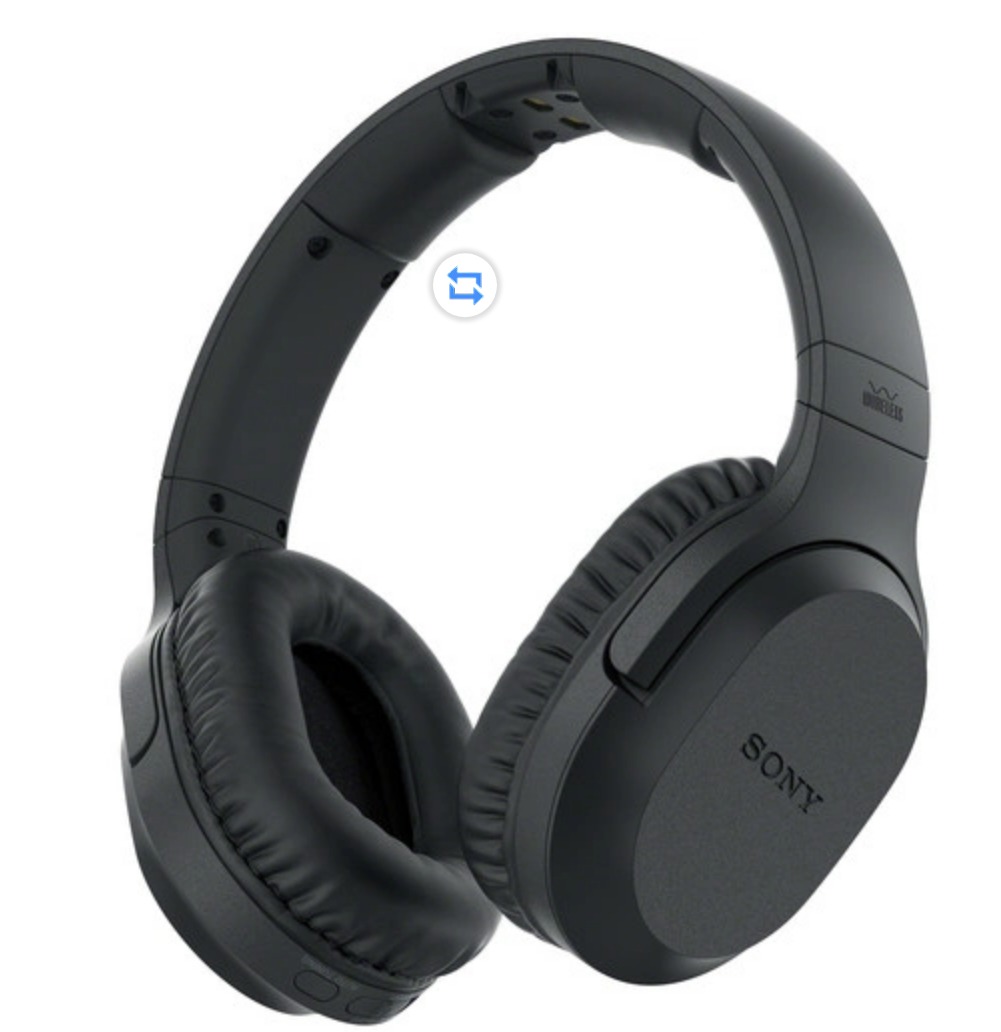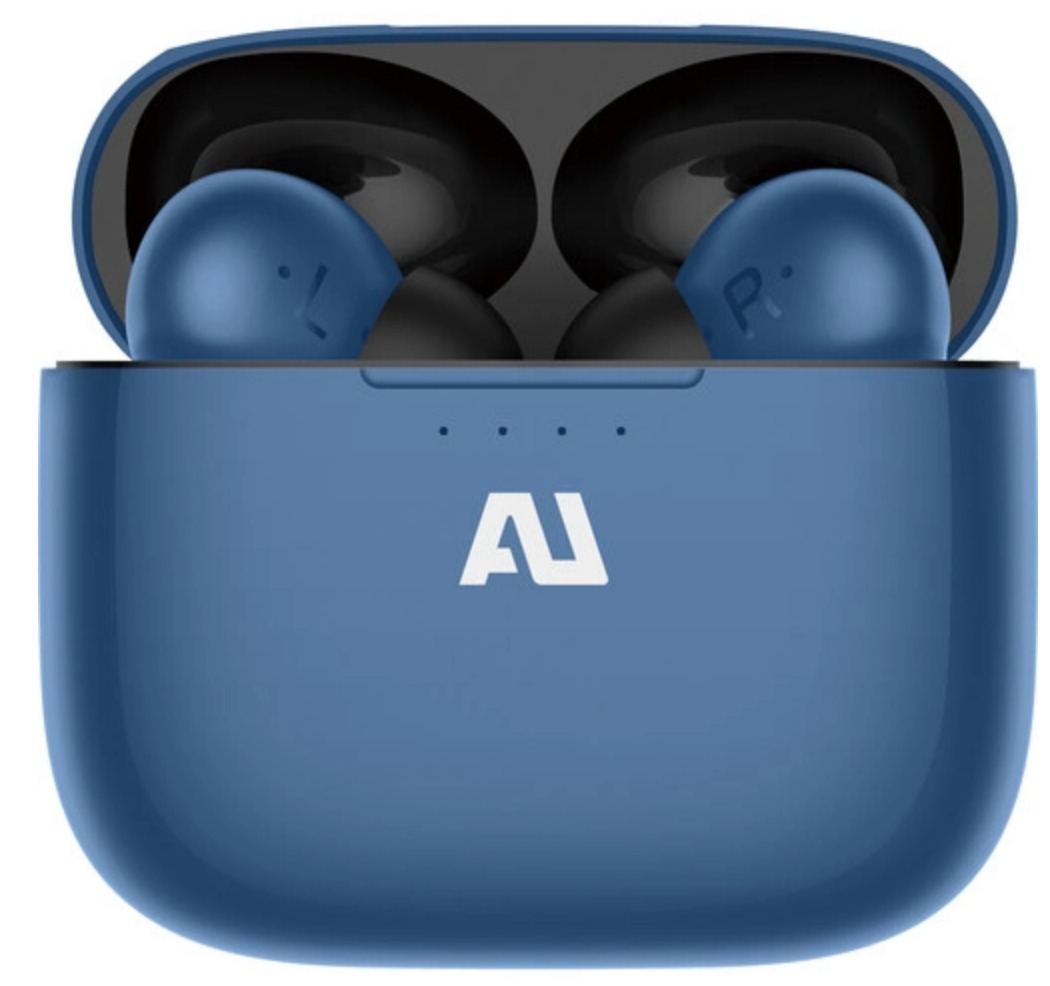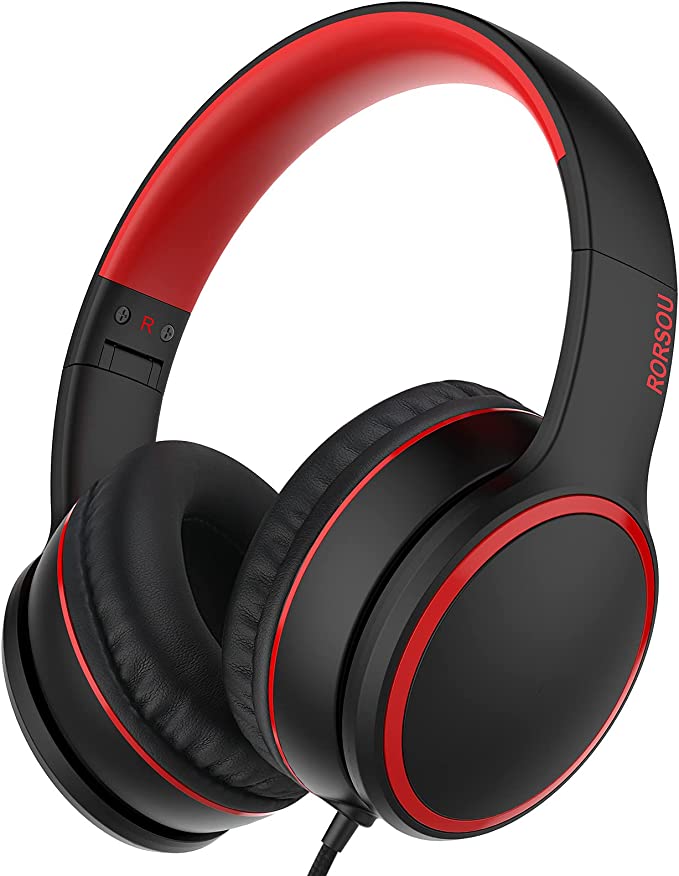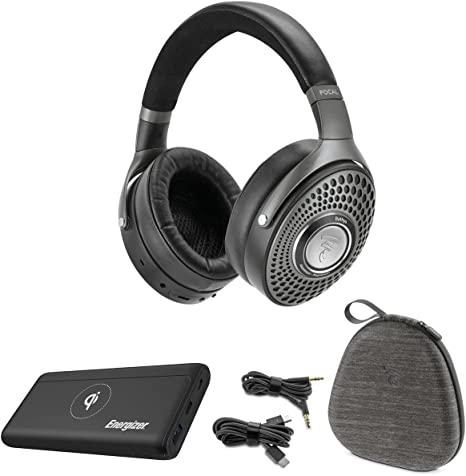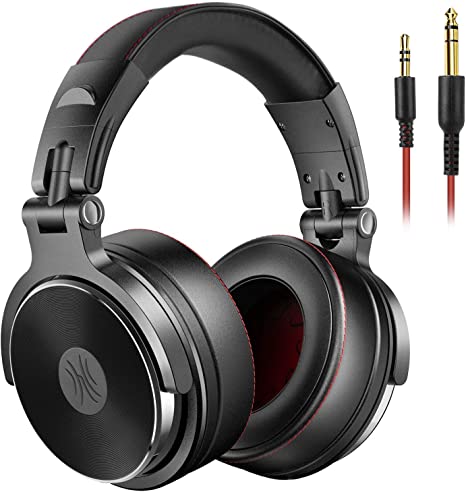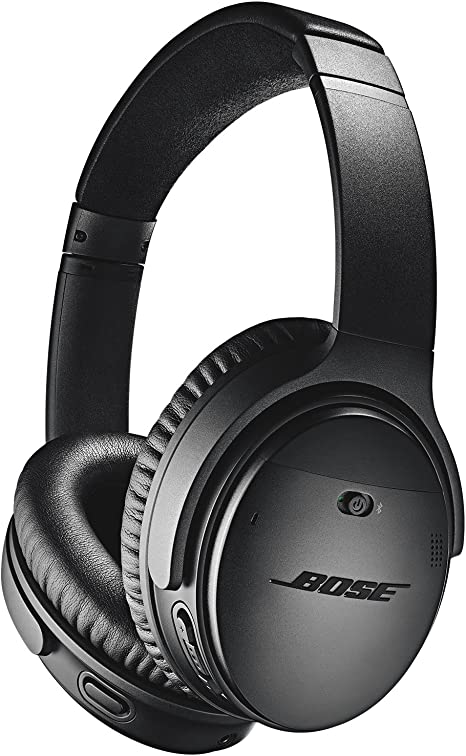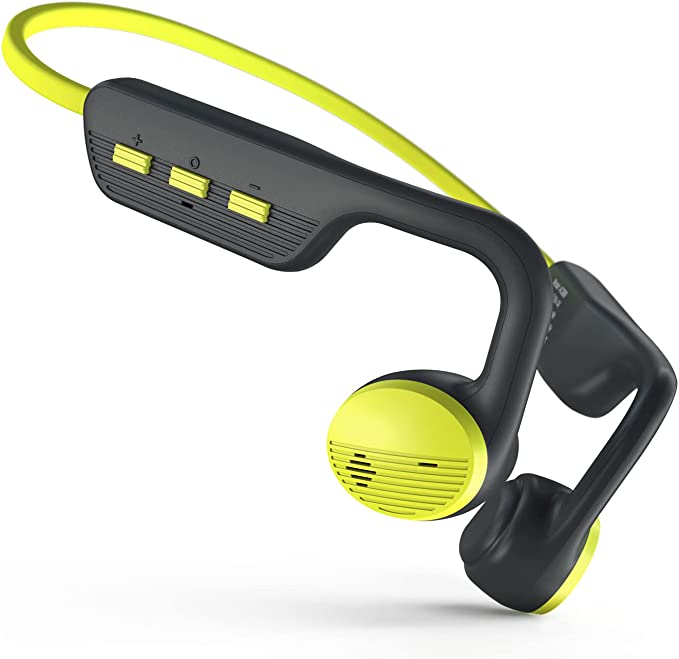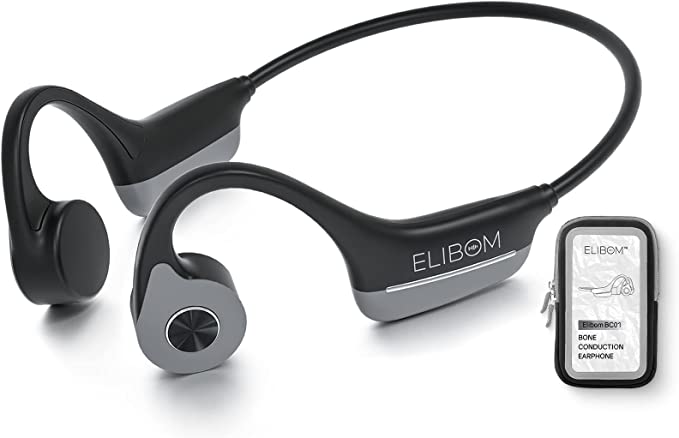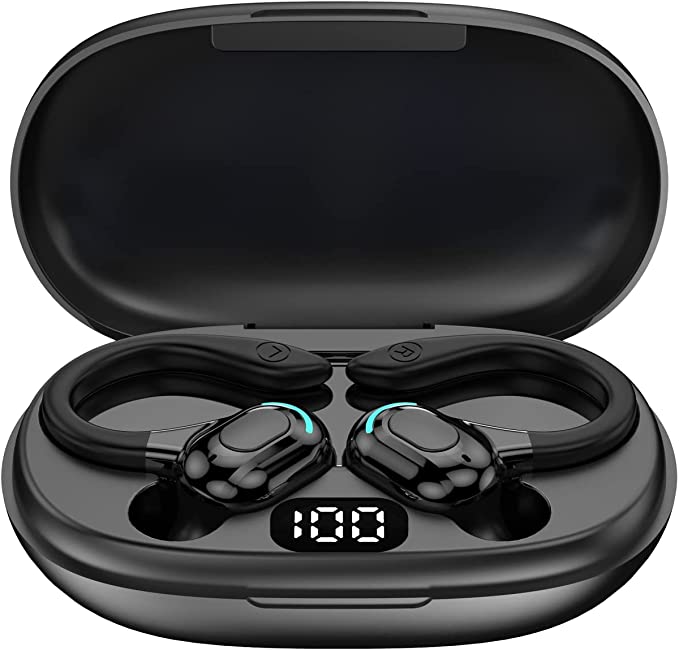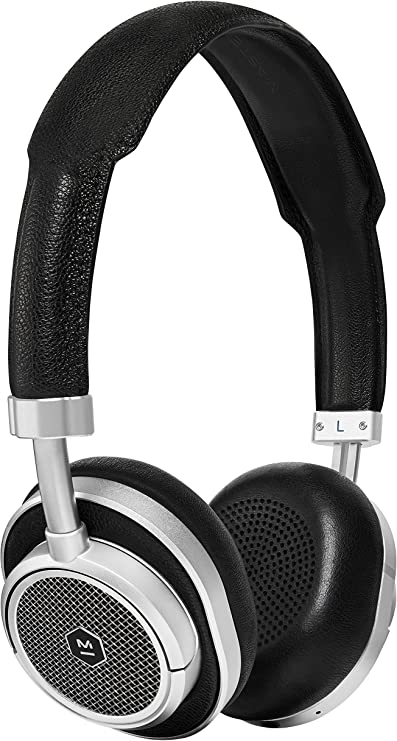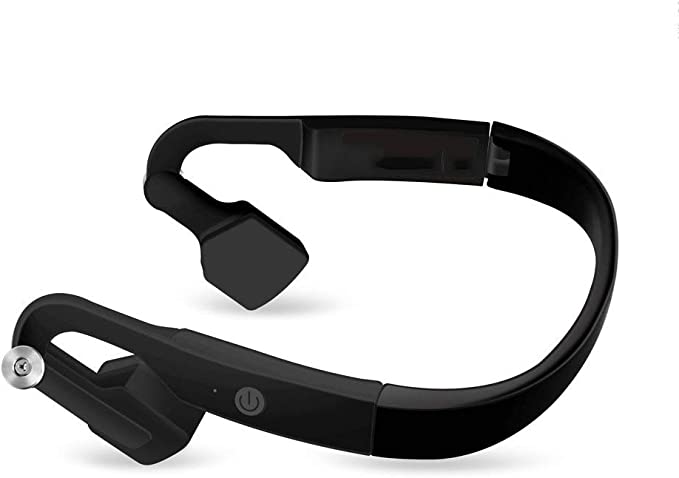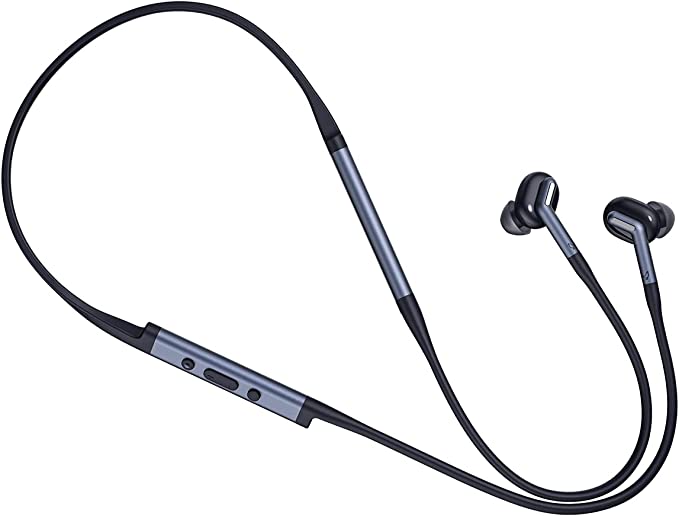Sony Lightweight Behind-The-Neck Headphones: Perfect for Active Lifestyles
Update on March 20, 2025, 6:46 a.m.
There’s something magical about the synergy between music and exercise. The right beat can push you through that extra mile, that final rep, that last burst of energy. But the wrong headphones? They can turn a potentially exhilarating workout into a frustrating battle against tangled wires, slipping earbuds, and muffled sound. For years, active individuals have sought the perfect audio companion – headphones that are comfortable, stable, and deliver quality sound without isolating them from the world around them. This is where the Sony MDR-G45LP headphones, a classic example of open-ear design, enter the picture.

The Open-Ear Advantage: Hearing the World, Feeling the Music
Before diving into the specifics of the MDR-G45LP, let’s understand the fundamental concept of open-ear headphones. Unlike in-ear earbuds that create a seal within your ear canal, or over-ear, closed-back headphones that completely enclose your ears, open-ear headphones rest on the ear without blocking the ear canal. This seemingly simple design choice has profound implications.
The most significant advantage is situational awareness. When running outdoors, cycling, or even navigating a busy gym, hearing your surroundings is crucial for safety. Open-ear headphones allow you to remain aware of traffic, approaching people, and other potential hazards. This is a stark contrast to noise-canceling headphones, which, while excellent for focused listening in controlled environments, can be dangerous in situations requiring awareness.
Another benefit is comfort. Many individuals find in-ear earbuds uncomfortable for extended periods, experiencing pressure or irritation within the ear canal. Over-ear headphones, while often providing superior sound quality, can become hot and heavy during intense physical activity. Open-ear designs, by minimizing contact and pressure, often provide a more comfortable listening experience, especially for longer workouts.
However, the open-ear design isn’t without its trade-offs. Because the ear canal isn’t sealed, sound leakage occurs. This means that people around you might be able to hear your music, especially at higher volumes. Furthermore, the lack of a seal generally results in a reduced bass response compared to in-ear or closed-back headphones. The physics are straightforward: bass frequencies have longer wavelengths, and a sealed environment is more effective at trapping and delivering those low-frequency vibrations to your eardrum.

Meet the Sony MDR-G45LP: A Time-Tested Design
The Sony MDR-G45LP headphones (identified by their ASIN, B00LU1RFLU) embody the principles of open-ear design in a lightweight, behind-the-neck form factor. Let’s explore the key aspects of these headphones:
Behind-the-Neck Design: Stability in Motion
The defining feature of the MDR-G45LP is its behind-the-neck band. This design prioritizes stability. Unlike traditional over-ear headphones, which can shift and bounce during movement, the behind-the-neck band keeps the earcups securely in place, even during vigorous activities like running or jumping. This stability is further enhanced by the ear-loop hangers, which gently curve over the top of the ear.
The lightweight construction is also crucial for comfort. At just 1.94 ounces (55 grams), these headphones are barely noticeable during wear. This minimizes distractions and allows you to focus on your workout, not your headphones. The materials used, primarily lightweight plastics and foam padding, contribute to both the comfort and the overall durability. While the specific plastic composition isn’t detailed in the provided information, it’s likely a durable polymer chosen for its ability to withstand stress and sweat.
The 30mm Driver: Delivering the Sound
The heart of any headphone is its driver – the component that converts electrical signals into sound waves. The MDR-G45LP utilizes a 30mm dynamic driver. While 30mm might seem small compared to the larger drivers found in some over-ear headphones, it’s a substantial size for an on-ear, open-ear design.
Driver size, generally speaking, correlates with the ability to move more air. Moving more air translates to the potential for louder sound and, crucially, better bass response. While open-ear designs inherently limit bass performance, a larger driver like the 30mm unit in the MDR-G45LP helps to compensate for this limitation, delivering a more balanced sound profile than smaller drivers could achieve.
Frequency Response: Understanding the Range
The provided information mentions that the MDR-G45LP’s frequency response extends “down to a low 16 Hz.” Frequency response refers to the range of audio frequencies a headphone can reproduce, from the lowest bass notes to the highest treble tones. The human hearing range is typically considered to be 20 Hz to 20,000 Hz (20 kHz).
A frequency response that extends down to 16 Hz suggests that the MDR-G45LP is capable of reproducing very low bass frequencies. However, it’s important to remember that this is a specification measured under ideal conditions. In real-world use, especially with an open-ear design, the perceived bass response might be less pronounced than the specification suggests. The ability to hear those very low frequencies will also depend on the volume level and the surrounding environment. Neverthless, a good frequency response, indicates good sound.
Single-Sided Cable: Convenience and Trade-offs
The MDR-G45LP features a single-sided cable, meaning the wire connects to only one earcup. This design choice is primarily about convenience. A single-sided cable is less prone to tangling than a Y-cable (which splits to both earcups), making it ideal for active use.
However, there’s a potential trade-off: channel imbalance. With a single-sided cable, the signal has to travel a slightly longer distance to reach the opposite earcup. While usually negligible, this can, in some cases, lead to a subtle difference in volume or signal quality between the two ears. In practice, for the MDR-G45LP, this is unlikely to be a significant issue, but it’s a factor to be aware of.
Important Consideration
Impedance
Headphone impedance is a measure of how much resistance the headphones offer to the electrical signal coming from your audio source (like your phone or MP3 player). Impedance is measured in ohms (Ω).
- Low Impedance (typically under 50Ω): These headphones are easier to drive, meaning they can achieve a satisfactory volume level even with low-powered devices like smartphones. They are generally more susceptible to distortion at high volumes.
- High Impedance (typically over 100Ω): These headphones require more power to drive effectively. They often benefit from a dedicated headphone amplifier. They are generally less susceptible to distortion.
The provided documentation does not specify the impedance of the MDR-G45LP. This is a significant omission. To provide a complete picture, further research would be needed to determine the impedance. However, given the design and intended use (with portable devices), it’s reasonable to hypothesize that it’s a relatively low-impedance headphone, designed for easy use with smartphones and other portable players.
Absence of an IP Rating: Understanding the Limits
It’s crucial to address the lack of an official IP (Ingress Protection) rating for the MDR-G45LP. The provided text mentions “water-resistant,” but this term is vague and doesn’t provide a quantifiable measure of protection against liquids.
An IP rating consists of two digits. The first digit indicates protection against solid objects (like dust), and the second digit indicates protection against liquids. For example, IPX4 would indicate protection against splashing water from any direction, while IPX7 would indicate protection against immersion in water up to 1 meter for 30 minutes.
The absence of an IP rating means that the MDR-G45LP has not been officially tested and certified for water resistance. While the materials used (plastic and foam) might offer some inherent resistance to sweat and light rain, users should exercise caution. These headphones are not designed for swimming or use in heavy rain. Prolonged exposure to moisture could damage the drivers or other internal components.
The Wider World of Sports Headphones: Finding Your Fit
The MDR-G45LP represents one approach to sports audio – the wired, open-ear design. But the market offers other options, each with its own strengths and weaknesses:
-
Bone Conduction Headphones: These headphones bypass the eardrum entirely, transmitting sound vibrations through the bones of the skull directly to the inner ear. They offer the ultimate in situational awareness, as your ear canals remain completely open. However, sound quality, particularly bass response, is often compromised.
-
True Wireless Earbuds: These completely wireless earbuds have become increasingly popular. They offer maximum freedom of movement, but their small size can make them prone to falling out, and battery life can be a limiting factor. Many models now offer “transparency mode,” which uses microphones to pipe in ambient sound, mimicking the situational awareness of open-ear headphones.
The MDR-G45LP occupies a unique niche. It offers a balance of affordability, comfort, and situational awareness that neither bone conduction headphones nor true wireless earbuds can fully match. It’s a testament to the enduring appeal of a simple, well-executed design.
Conclusion: A Classic for a Reason
The Sony MDR-G45LP headphones are not cutting-edge technology. They don’t boast wireless connectivity, noise cancellation, or a fancy app. What they do offer is a reliable, comfortable, and affordable way to enjoy music during workouts while staying aware of your surroundings. They are a reminder that sometimes, simplicity is the key to a great user experience.
For runners, cyclists, and gym-goers who prioritize situational awareness and comfort over absolute sound isolation, the MDR-G45LP remains a compelling option. They represent a classic approach to sports audio – a design that has stood the test of time because it works. While technology continues to evolve, the fundamental need for a secure, comfortable, and awareness-enhancing headphone remains, and the MDR-G45LP continues to fulfill that need admirably. The enduring popularity, reflected in the large number of user reviews, speaks volumes about its value proposition.
